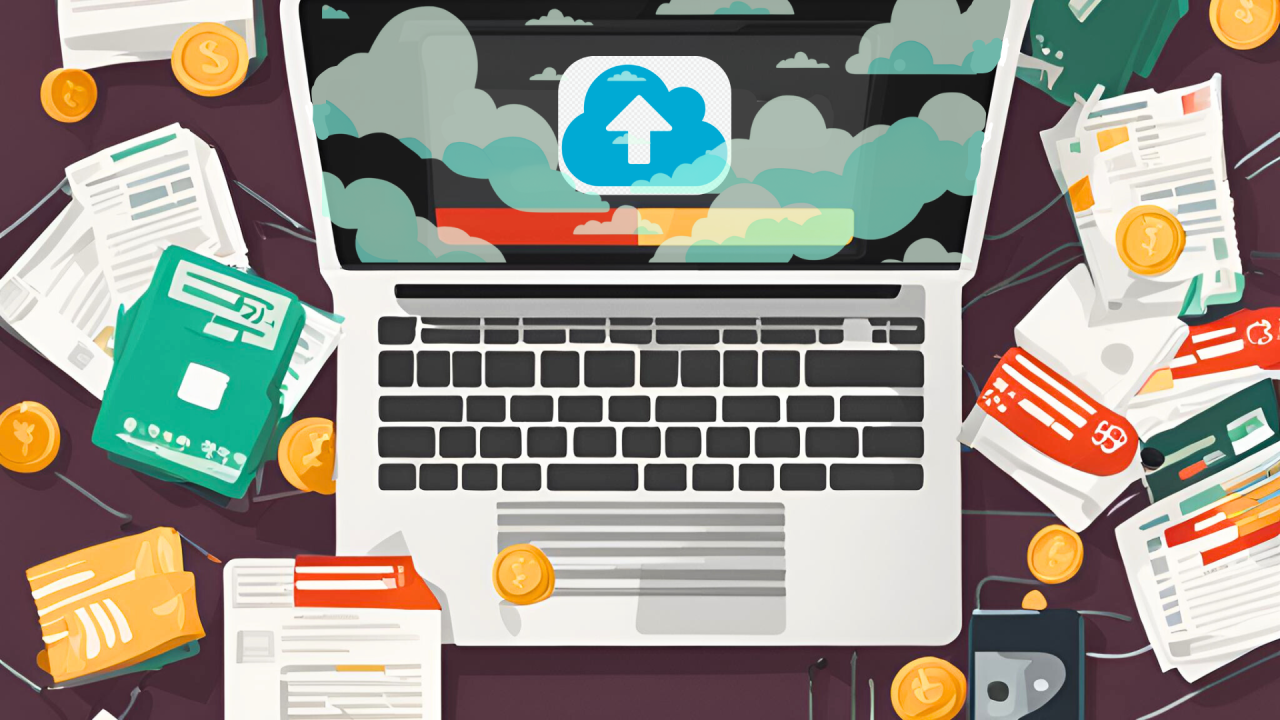Maximizing Your File Transfer Speeds on RomsGo
At RomsGo.com, we pride ourselves on providing a fast, high-performance file-sharing platform powered by robust transfer acceleration technologies. However, your actual real-world upload and download speeds can be influenced by many external factors beyond our control, like your internet bandwidth constraints, network conditions, computer hardware performance, and more. To ensure you achieve optimal transfer rates when leveraging our services, we've assembled this comprehensive guide on tips and best practices to maximize file transfer velocities.
Optimize Your Internet Connectivity
A fast, reliable, and unthrottled internet connection is the foundation for rapid file movement. If possible, use a wired Gigabit Ethernet connection rather than WiFi, as its direct bandwidth pipeline will generally be faster and more consistent than wireless. Before initiating large data transfers, close any other bandwidth-intensive applications like video streaming services, cloud backup processes, torrent clients, or software updates. You can also try power cycling your router/modem to re-establish a fresh internet session. For the workplace, inquire about prioritizing your connection's QoS settings.
Take Advantage of Transfer Acceleration
RomsGo's acceleration engine leverages cutting-edge technologies and algorithms to dramatically increase file transfer speeds - especially over geographic distances and between dispersed networks. Our acceleration stack implements multiple concurrently-operating techniques including multi-threaded segmented downloads, real-time compression/decompression, dynamic large sendfile configuration, checksum-based resumption, selective acknowledgment, and adaptive bandwidth optimization. Simply enable the "Transfer Acceleration" option in your account settings to boost your upload and download performance.
Schedule Transfers During Low Traffic Periods
Network bandwidth congestion and internet traffic bottlenecks can strangle transfer rates, especially during peak usage hours. Both consumer and enterprise internet service providers may implement bandwidth throttling practices that can impact large data volumes. For the highest sustainable speeds, it's advisable to schedule uploads and downloads during anticipated off-peak windows when possible - typically overnight or very early morning hours on weekdays before peak workday traffic.
Upgrade Hardware to Eliminate Bottlenecks
Older, underpowered computing and networking hardware can severely cripple file transfer performance despite fast internet connectivity. Invest in upgrading to modern components like multi-core CPUs, ample RAM, PCI-E or NVMe solid-state storage, and 802.11ac WiFi standard networking if using wireless. Outdated hard disk drives are often a serious I/O bottleneck during big file movement. For workstations/servers handling large volumes, upgrading to 10GbE Ethernet is recommended.
Compress Data for Smaller Transfers
Before initiating uploads to RomsGo, compress any large files, folders, or archives using utilities like 7-Zip or WinRAR. File compression can reduce total payload size by up to 95%, drastically cutting down on the volume of data needing to be transferred. This simple step provides an immediate speed boost. Just be sure to provide appropriate decompression instructions or software to your recipients when sharing compressed files.
Tweak Browser Settings
If you frequently manage file transfers through a web browser, adjusting certain settings within the browser itself can help enhance speeds. Increase limits on simultaneous parallel download streams, disable bandwidth throttling extensions or plugins, and clear browser caches/cookies periodically. Using the latest stable version of your preferred web browser is also recommended for optimal performance and security.
Pause and Resume Transfers as Needed
Large uploads or downloads don't have to be completed in a single session on RomsGo. Our platform supports the ability to safely pause and resume transfer processes as needed. This can help work around intermittent connectivity issues, prioritize network bandwidth for other critical tasks, or segment massive file movement into more manageable chunks over time.
Automate Scheduled Transfers
For IT teams, system administrators, or managed service providers needing to routinely transfer large volumes of data, RomsGo offers robust scripting and automation capabilities. Our suite of APIs, command line tools, and scheduling features enable you to programmatically orchestrate file transfers, monitor status, customize configurations, and implement unattended automated workflows. This ensures optimized utilization of available network resources.
Test, Analyze, and Optimize
If you continue experiencing sub-optimal transfer speeds after implementing the tips above, further in-depth network and performance analysis may be required. Our support team can help provision diagnostic tools to analyze your connectivity, throughput capabilities






Comments (0)
No comments found